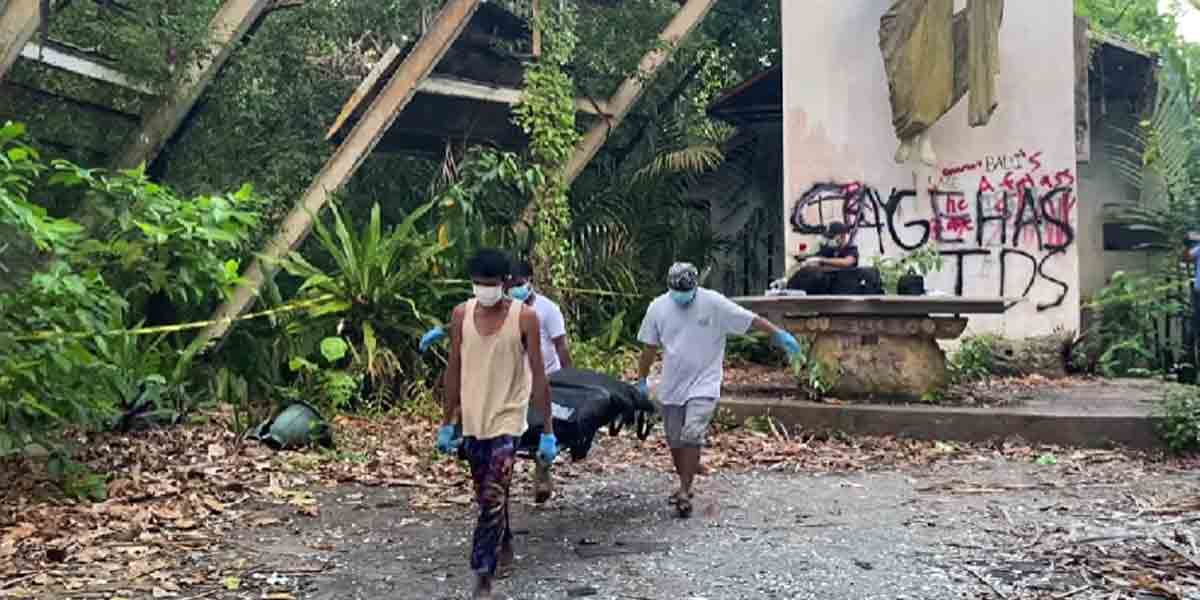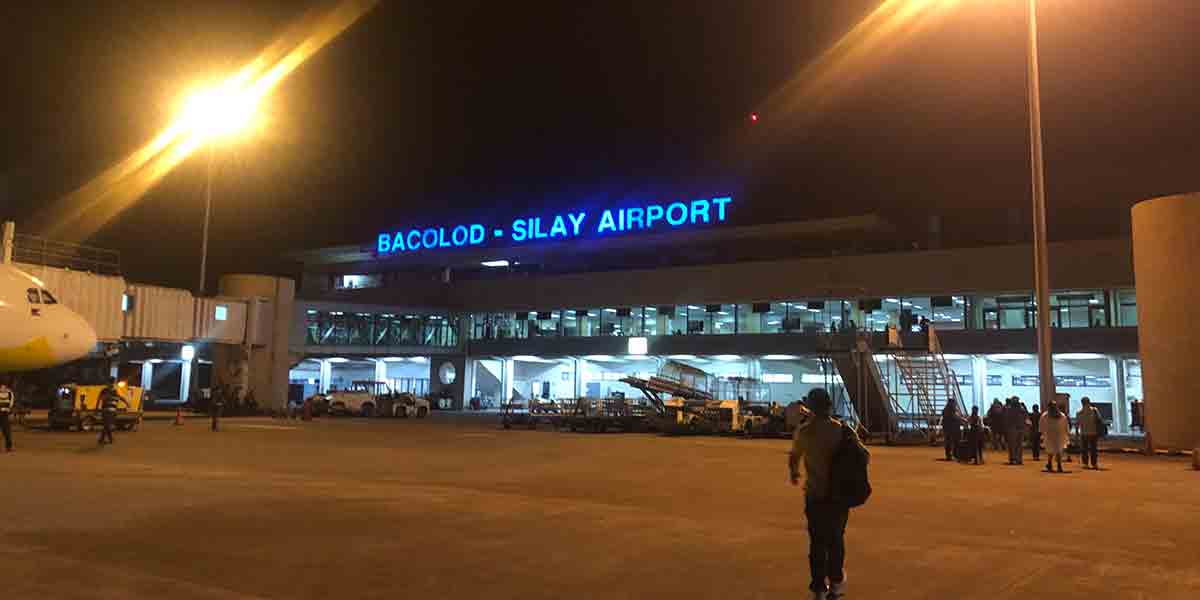
By Rjay Zuriaga Castor
Iloilo City Mayor Jerry Treñas has questioned why the city is being highlighted in headlines related to a scientific study on land subsidence, despite its seemingly lower subsidence rate compared to other metropolitan areas in the country.
“Iloilo has the lowest [rate] since it only has a subsidence rate of 9 millimeters per year (mm/yr). Others have [109] mm/yr, but the focus has been on Iloilo, and I don’t really know why,” Treñas said during a press conference on Monday.
The study from the University of the Philippines (UP) Resilience Institute, which analyzed data from 2014 to 2020, revealed that Iloilo City has experienced land subsidence at rates ranging from 4.0 to 8.8 mm/yr.
Specific subsidence rates identified in various areas of Iloilo include:
- San Rafael (Mandurriao), Iloilo City: 8.8 mm/yr
- Banuyao (Lapaz), Iloilo City: 8.1 mm/yr
- Calahunan (Mandurriao), Iloilo City: 4.0 mm/yr
- Alibay Norte, Oton: 4.6 mm/yr
- Ungka I, Pavia: 4.7 mm/yr
- Poblacion, Leganes: 2.6 mm/yr
Meanwhile, the maximum subsidence rates for other metropolitan cities are:
- Bulacan Province in Greater Manila: 109 mm/yr
- Metro Cebu: 11 mm/yr
- Metro Davao: 38 mm/yr
- Legazpi City: 29 mm/yr
“We only have 9 mm/yr, and Bulacan has [109 mm/yr], so they should have more ‘screaming headlines,’” Treñas stressed, noting that Iloilo’s rate is “significantly lower” compared to the others.
Treñas called for more studies to confirm the land subsidence reportedly experienced by the city.
“If there’s a study, it should be thoroughly reviewed, and if published, it should emphasize that our subsidence rate is the lowest,” he said.
“The study is a scientific one; let’s leave it at that. However, I think there should be more studies on the issue because when you read the study in its entirety, it seems there are no specific measurements, and it is only based on images,” he emphasized.
The UP study used interferometric synthetic aperture radar (InSAR) time series analysis validated by Global Navigation Satellite System (GNSS) data to identify deforming areas in major metropolitan cities in the country.
In simpler terms, InSAR involves using radar data from satellites to detect and measure ground deformation. GNSS, like the Global Positioning System, provides highly accurate location data from ground-based stations.
By comparing InSAR results with GNSS measurements, researchers can validate and refine the radar data, ensuring accuracy and reliability.
It can be recalled that Treñas initially expressed skepticism about the study, arguing that the city’s historic infrastructure had not shown signs of sinking.
“Iloilo City is one of the oldest cities in the Philippines, with historic churches, buildings, mansions, houses, and plazas. It seems there have been no reports of sinking,” he said in a statement on August 29.
Treñas’ statement, posted on the official Facebook page of the Iloilo City Government, was taken down an hour later and replaced with a longer, more positive-toned message.
In the new statement, the mayor welcomed the UP study and said he is open to conducting further evidence-based scientific studies that would help the city in its preparation and mitigation measures against climatic and geological threats.





















